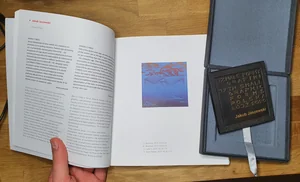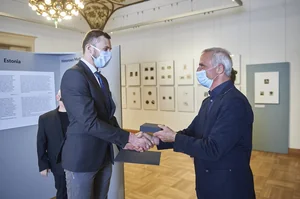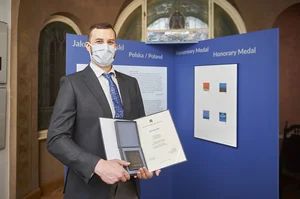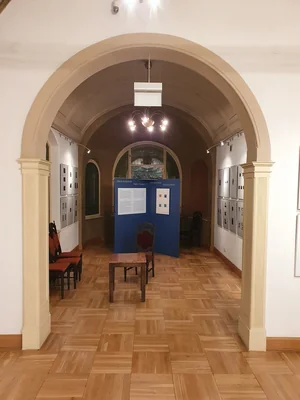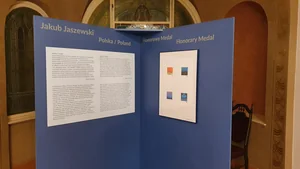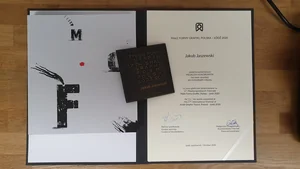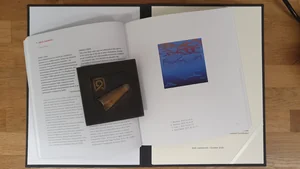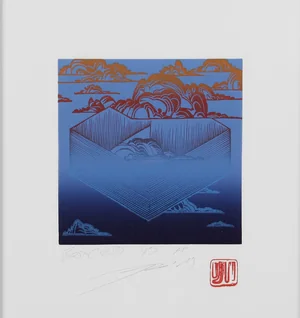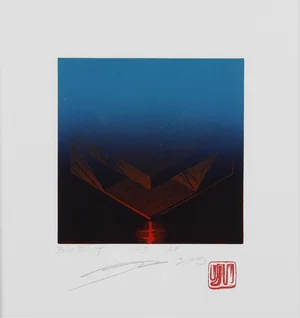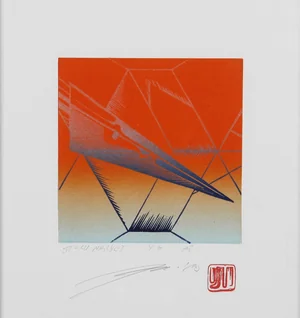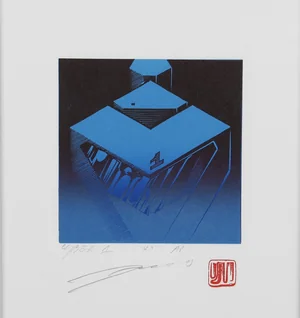Recent development - Following the idea of hybrid printmaking.
When you do something, either do it well or not at all.
Combining the opposites of linocut and digital print, which I had used for the first time in the RITES series still has a potential to be further explored and applied in different artworks. These are, anyway, my conclusions after the period of well-deserved creative rest that I allowed myself after completing this series. Since then, I also had the opportunity to experiment with some more digital prints, produce a few small graphic form and completely reorganize the graphic 'backend', which can be extremely boring for the average viewer, but it allows for an uninterrupted and flexible workflow and expansion into new territories.
Looking at the gallery section, the relatively recent works started with an inconspicuous collection of full-format digital prints tentatively named [CYBER]. A few technical solutions that worked out well there I transferred into the new series, and that is how Grand Silica was conceived. Once the working method was mastered, the series was ready in just a few days. Just a mention here that all the work has so far been done only in two-dimension. Working on one of the last Grand Silica pieces, the idea of including 3D elements in 2D re-emerged. It just so happened that I was changing my 3D work environment from 3DsMAX to Blender at that time, so I followed that lead and got to know some intricacies of mantaflow - the fluid and smoke simulation engine in Blender. You can see this new addition in the form of rendered smoke in the graphic 'Nidor Acidus'.
Of course, it didn't stop there. From then on the plan was simple - the next 'Silicas' were to be fully or mostly 3D. And that was only the beginning. After a while, this simple concept for my next artwork grew to the point of becoming an independent series; this endeavour consumed over a year and a half of my time, energy and money. So far, the results are three rather gigantic - in terms of a technical challenge - 3D scenes. I could render them right away in the form of ready-made graphics, but for now I'm holding back, hoping that the new revitalized version of the Cycles engine - preferably with caching and automatic texture mipmapping - will allow me to drastically reduce the rendering time and, at the same time, improve the quality of many elements in the scene. For better light control the light-linking option would also be useful.
I fill this time creatively by working on my next pieces. What about Grand Silica then? Time will tell...

